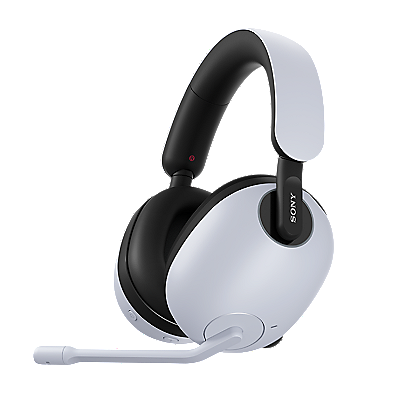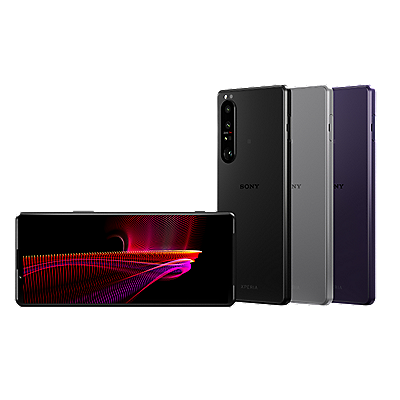How to change and control the categorization of photos using PictureGear Studio?
To change and control the categorization of photos using PictureGear Studio
The categorization of photos can be changed at the start window and the list of photos selected can be viewed using Photo Collection.
Listed below are 4 kinds of categorizations.
a. To control photos by category
b. To control photos in the calendar format
c. To control photos in the Explorer format
d. To control photos through external connection
A. To control photos by category
Click the Category tab and the category list appears. The photos can be viewed by category.
Registering the category to Photo Collection can be done and the registered photos can be controlled by category.
Please follow the steps below to create a category.
1. Start Photo Collection, select a given category and click Create a Category.
Note: Select a category except All Photos. Categories cannot be created under All Photos.
2. When the Create a new category dialog box appears, enter a given category name and click OK.
3. When the Created (entered category name category message appears, click OK.
4. The created category appears under the selected category (in the 2nd layer).
To create the category on the 1st layer, drag and drop the created category to a given location in the 1st layer.
Note
Categories can be created in up to a maximum of 3 layers.
B. To control photos in the calendar format
Click the Calendar tab and the calendar operation area appears. Photos can be shown on the list of calendars by recorded date with settings for the year, month and day.
C. To control photos in the Explorer format
Click the Explorer tab and the Explorer operation area appears. Photos can be viewed directly in the folder using the Explorer format.
D. To control photos through external connection
Clicking the Peripheral tab allows viewing photos registered to software other than PictureGear Studio and the photo album internet services. When the Image Station or Photo Server option is shown, clicking it would enable viewing of the photos controlled by the respective type of software.
The categorization of photos can be changed at the start window and the list of photos selected can be viewed using Photo Collection.
Listed below are 4 kinds of categorizations.
a. To control photos by category
b. To control photos in the calendar format
c. To control photos in the Explorer format
d. To control photos through external connection
A. To control photos by category
Click the Category tab and the category list appears. The photos can be viewed by category.
Registering the category to Photo Collection can be done and the registered photos can be controlled by category.
Please follow the steps below to create a category.
1. Start Photo Collection, select a given category and click Create a Category.
Note: Select a category except All Photos. Categories cannot be created under All Photos.
2. When the Create a new category dialog box appears, enter a given category name and click OK.
3. When the Created (entered category name category message appears, click OK.
4. The created category appears under the selected category (in the 2nd layer).
To create the category on the 1st layer, drag and drop the created category to a given location in the 1st layer.
Note
Categories can be created in up to a maximum of 3 layers.
B. To control photos in the calendar format
Click the Calendar tab and the calendar operation area appears. Photos can be shown on the list of calendars by recorded date with settings for the year, month and day.
C. To control photos in the Explorer format
Click the Explorer tab and the Explorer operation area appears. Photos can be viewed directly in the folder using the Explorer format.
D. To control photos through external connection
Clicking the Peripheral tab allows viewing photos registered to software other than PictureGear Studio and the photo album internet services. When the Image Station or Photo Server option is shown, clicking it would enable viewing of the photos controlled by the respective type of software.





















